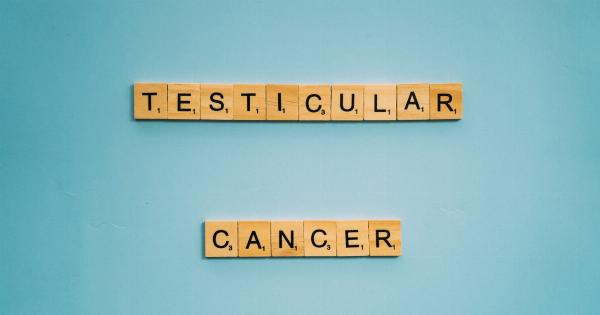In vitro fertilization (IVF) is a popular and successful fertility treatment that involves combining sperm and eggs outside of the body in a laboratory dish, and then transferring the resulting embryo to the woman’s uterus.
However, not all men produce sperm in their ejaculate due to various factors such as genetic disorders, chemotherapy, or infections. In such cases, a testicular biopsy can be performed to extract sperm directly from the testicles. This article will explore the significance of testicular biopsy in IVF treatment.
What is a Testicular Biopsy?
A testicular biopsy involves extracting a small piece of testicular tissue and examining it under a microscope to look for sperm.
This procedure is typically carried out under local anesthesia, and the tissue can be extracted through a small incision in the scrotum or with a needle.
Why is a Testicular Biopsy Necessary?
A testicular biopsy is necessary when there is no sperm in a man’s ejaculate. This can occur due to various factors such as genetic disorders, chemotherapy, radiation, or infections.
In such cases, a testicular biopsy can be performed to extract sperm directly from the testicles. A testicular biopsy can also be useful in cases where the sperm in the ejaculate are of poor quality or low in quantity.
Types of Testicular Biopsy
There are two types of testicular biopsy:.
- TESE (Testicular Sperm Extraction): This procedure involves removing small pieces of testicular tissue and examining them under a microscope to look for sperm. This procedure can be carried out using a needle or through a small incision in the scrotum.
- Micro-TESE: This procedure involves using a microscope to examine the testicular tissue and identify areas where sperm production is highest. This procedure can be more successful than TESE in finding sperm, especially in cases where sperm production is low or non-existent.
Significance of Testicular Biopsy in IVF Treatment
Testicular biopsy plays a significant role in IVF treatment, especially in cases where there is no sperm in a man’s ejaculate. Once the sperm is extracted from the testicles, it can be used for IVF treatment in the following ways:.
- ICSI (Intracytoplasmic Sperm Injection): The extracted sperm can be injected directly into the egg using a needle, a technique known as Intracytoplasmic Sperm Injection (ICSI). This method can be particularly useful when the sperm quality is poor or there are few sperm available.
- Cryopreservation: The extracted sperm can be frozen and stored for future use, allowing for multiple IVF cycles without requiring another biopsy.
Risks and Limitations of Testicular Biopsy
Like all medical procedures, testicular biopsy carries some risks. These can include:.
- Bleeding or infection from the biopsy site
- Damage to the testicles or surrounding tissues
- Failure to find sperm in the extracted tissue
- Low yield of viable sperm
It’s important to discuss the risks and limitations of testicular biopsy with a healthcare professional before undergoing the procedure.
Conclusion
Testicular biopsy is a significant tool in IVF treatment, allowing men who do not produce sperm in their ejaculate to still have a biological child.
With the ability to locate viable sperm sources, IVF treatment can proceed even when a man’s sperm count is low or non-existent. It’s important to discuss the risks and benefits of testicular biopsy with your healthcare provider to determine if it’s the right choice for you.




























